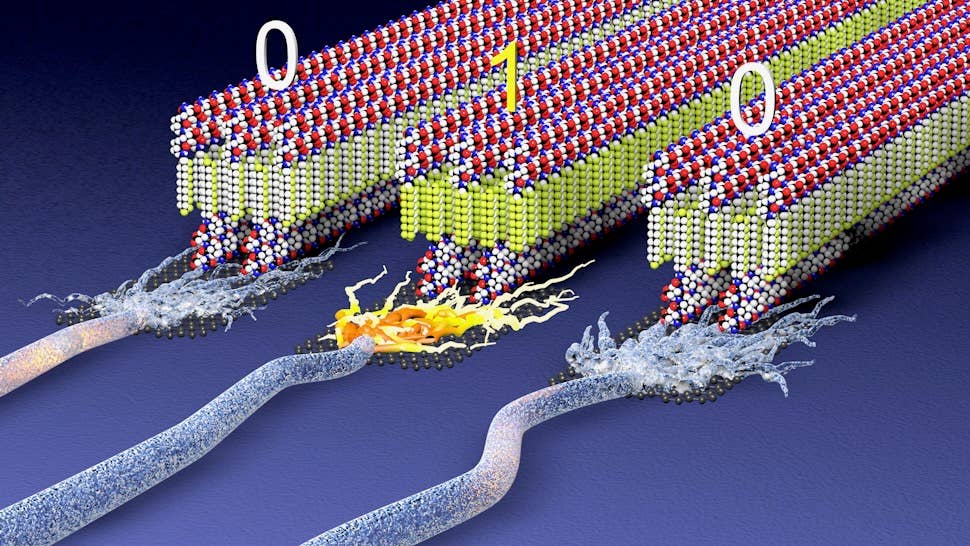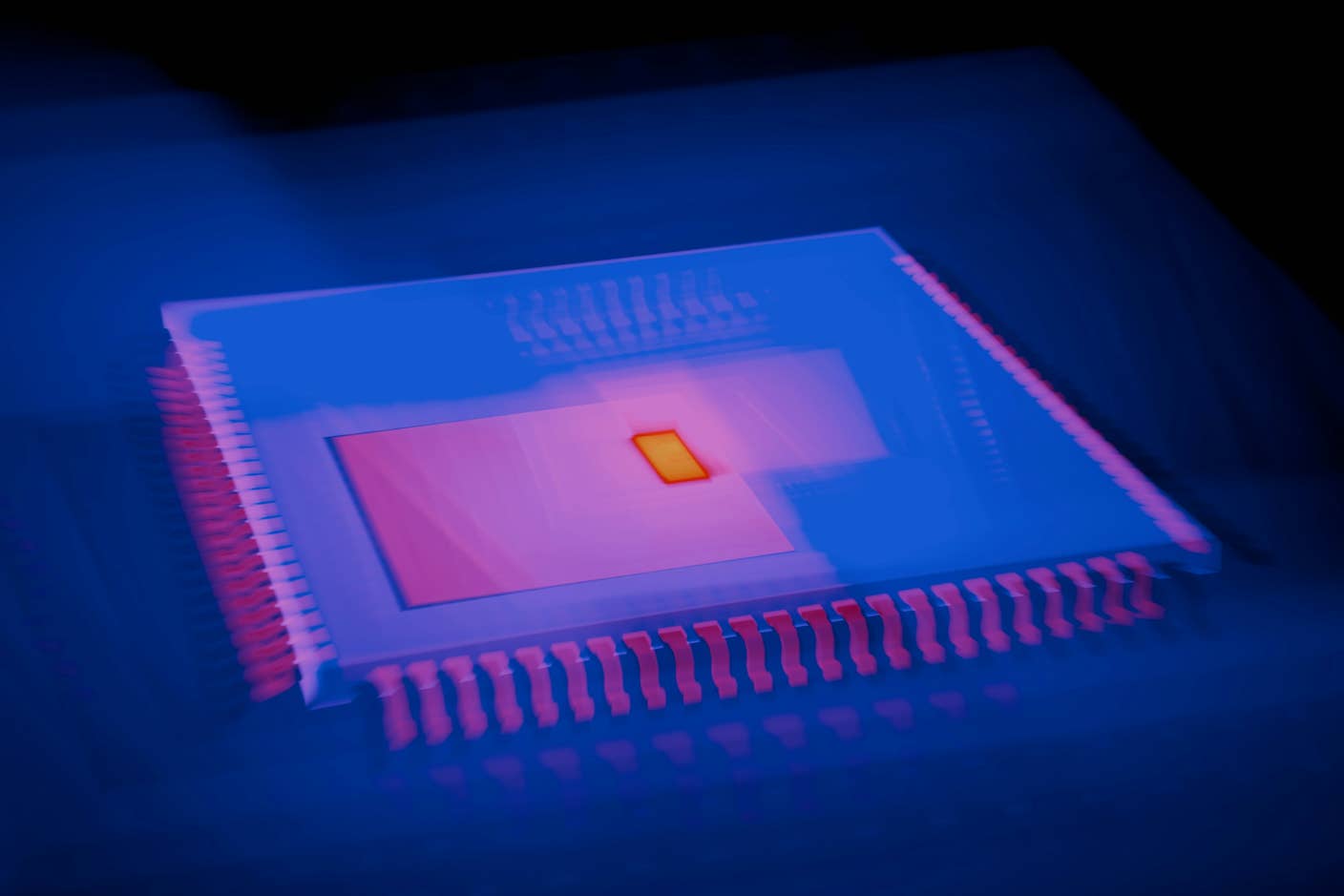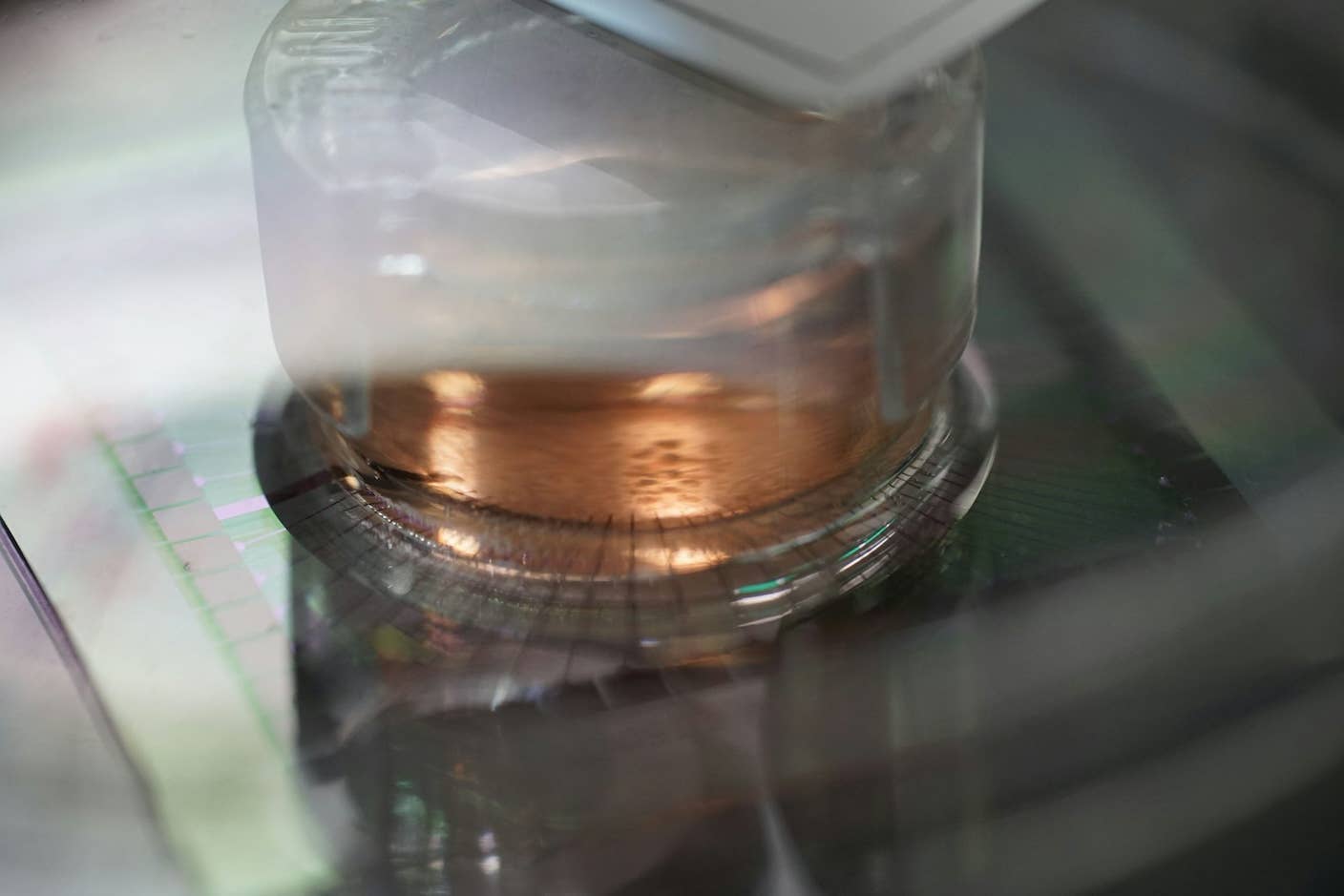‘Electric Plastic’ Could Merge Technology With the Body in Future Wearables and Implants

Share
Finding ways to connect the human body to technology could have broad applications in health and entertainment. A new "electric plastic" could make self-powered wearables, real-time neural interfaces, and medical implants that merge with our bodies a reality.
While there has been significant progress in the development of wearable and implantable technology in recent years, most electronic materials are hard, rigid, and feature toxic metals. A variety of approaches for creating “soft electronics” has emerged, but finding ones that are durable, power-efficient, and easy to manufacture is a significant challenge.
Organic ferroelectric materials are promising because they exhibit spontaneous polarization, which means they have a stable electric field pointing in a particular direction. This polarization can be flipped by applying an external electrical field, allowing them to function like a bit in a conventional computer.
The most successful soft ferroelectric is a material called polyvinylidene fluoride (PVDF), which has been used in commercial products like wearable sensors, medical imaging, underwater navigation devices, and soft robots. But PVDF’s electrical properties can break down when exposed to higher temperatures, and it requires high voltages to flip its polarization.
Now, in a paper published in Nature, researchers at Northwestern University have shown that combining the material with short chains of amino acids known as peptides can dramatically reduce power requirements and boost heat tolerance. And the incorporation of biomolecules into the material opens the prospect of directly interfacing electronics with the body.
To create their new “electric plastic” the team used a type of molecule known as a peptide amphiphile. These molecules feature a water-repelling component that helps them self-assemble into complex structures. The researchers connected these peptides to short strands of PVDF and exposed them to water, causing the peptides to cluster together.
This made the strands coalesce into long, flexible ribbons. In testing, the team found the material could withstand temperatures of 110 degrees Celsius, which is roughly 40 degrees higher than previous PVDF materials. Switching the material’s polarization also required significantly lower voltages, despite being made up of 49 percent peptides by weight.
Be Part of the Future
Sign up to receive top stories about groundbreaking technologies and visionary thinkers from SingularityHub.


The researchers told Science that as well as being able to store energy or information in the material’s polarization, it’s also biocompatible. This means it could be used in everything from wearable devices that monitor vital signs to flexible implants that can replace pacemakers. The peptides could also be connected to proteins inside cells to record biological activity or even stimulate it.
One challenge is that although PVDF is biocompatible, it can break down into so-called “forever chemicals,” which remain in the environment for centuries and studies have linked to health and environmental problems. Several other chemicals the researchers used to fabricate their material also fall into this category.
“This advance has enabled a number of attractive properties compared to other organic polymers,” Frank Leibfarth, of UNC Chapel Hill, told Science. But he pointed out that the researchers had only tested very small amounts of the molecule, and it’s unclear how easy it will be to scale them up.
If the researchers can extend the approach to larger scales, however, it could bring a host of exciting new possibilities at the interface between our bodies and technology.
Image Credit: Mark Seniw/Center for Regenerative Nanomedicine/Northwestern University
Related Articles

This Light-Powered AI Chip Is 100x Faster Than a Top Nvidia GPU

How Scientists Are Growing Computers From Human Brain Cells—and Why They Want to Keep Doing It

AI Companies Are Betting Billions on AI Scaling Laws. Will Their Wager Pay Off?
What we’re reading
